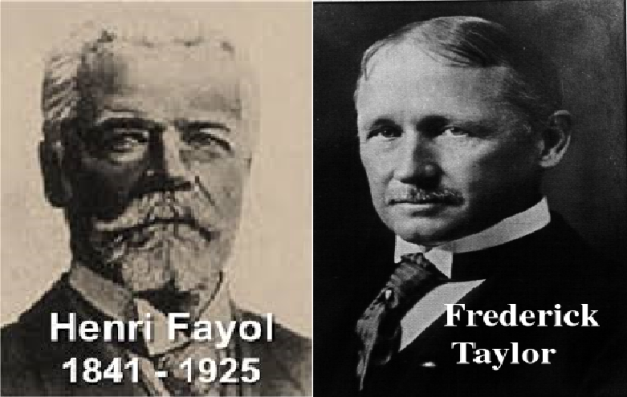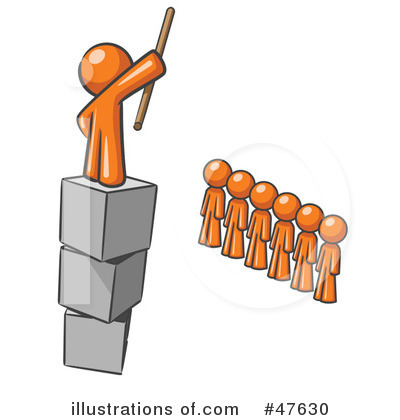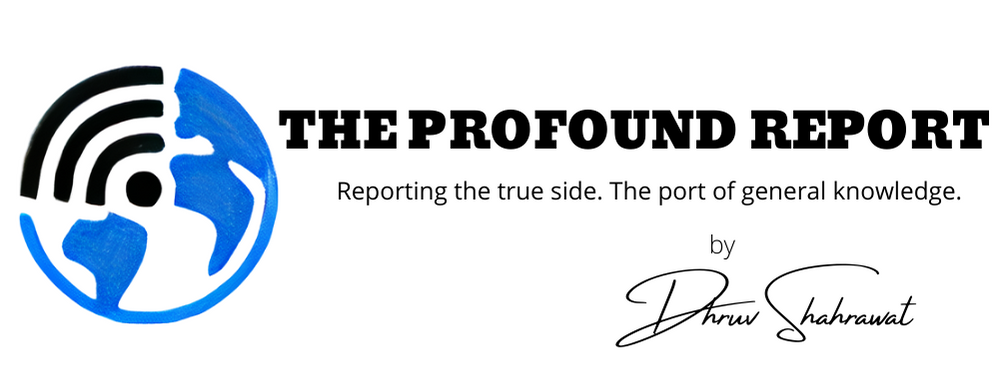Acronyms to learn points and concepts in the subject, ‘Business Studies’ of class 12 of CBSE

The syllabus of the subject, Business Studies of class 12 (CBSE) is quite good where there are several concepts and points which one needs to learn. For example, certain features, limitations, advantages and so on. It is not so easy to retain all the things in our brain. The acronyms are made from the headers.
Here are acronyms for each concept which we can learn. These will help us to have a click of the points.
Chapter 1: Nature and Significance of Management
Characteristics of management: MCD PIG
M – Multidimensional
C – Continuous
D – Dynamic
P – Pervasive
I – Intangible
G – Group activity and goal oriented
Importance of management: GED DP
G – Group goals
E – Efficiency
D – Dynamic organisation
D – Development of society
P – Personal objectives
Functions of management: POS DC
P – Planning
O – Organising
S – Staffing
D – Directing
C – Controlling
Chapter 2: Principles of Management

Nature/features of principles of management: PUBG FC
P – Practice And ExperimentationU – Universal applicabilityB – BehavioralG – General guidelinesF – FlexibleC – Contingent
Importance of management: TOP SMS
T – Training, education and researchO – Optimum utilization of resourcesP – Providing managers with insightsS – Social ResponsibilityM – Meeting changing environment requirementsS – Scientific decisions
Principles of Management by Henry Fayol: DAD U C USSR? O I SEE
D – Division of WorkA – Authority and ResponsibilityD – DisciplineU – Unity of ActionC – Centralization and DecentralizationU – Unity of CommandS – Scalar ChainS – Stability of PersonnelR – Remuneration to EmployeesO – OrderI – InitiativeS – Subordination of Individual InterestsE – EquityE – Espirit De CorpsNote: This short-form was not created by TPR. This is a common short-form collected over internet via Google search.
Principles of Scientific Management – HD SC
H – Harmony, not DiscordD – Development of Workers to the greatest efficiencyS – Science, not Rule of ThumbC – Cooperation, not Individualism
Techniques of Scientific Management – FM STD FM
F – Functional ForemanshipM – Method StudyS – Standardization and Simplification of WorkT – Time StudyD – Differential Piece Wage SystemF – Fatigue StudyM – Motion Study
Chapter 3: Management and Business Environment
Features of Business Environment – SIR DUCT
S – Specific and general forcesI – Inter-relatednessR – RelativityD – DynamicU – Uncertainty
C – Complexity
T – Totality of external forces
Importance of Business Environment – PCR POT
P – Planning and Policy formulationC – ChangesR – Resources P – PerformanceO – OpportunitiesT – Threats
Features/nature of Planning: FC DM APP
F – Futuristic
C – Continuous
D – Decision making
M – Mental exercise
A – Achieving objectives
P – Pervasive
P – Primary function of management
Importance of Planning: ROS DID
R – Reduces risksO – Overlapping and wasteful activities reductionS – Standards for controllingD – DirectionsI – InnovationsD – Decision making
Limitations of planning – HTC NNR
H – Huge costT – Time consumingC – Creativity reductionN – No guaranteed successN – Not for dynamic environmentR – Rigidity
Chapter 5: Organizing

Advantages of functional structure: SEE PEA
S – SpecializationE – EffectiveE – Ease in trainingP – Proper attentionE – EfficientA – Avoids Duplication
Limitations of functional structure: CID AF
C – Conflict of interestI – InflexibleD – Difficult coordinationA – AccountableF – Functional empire
Advantages of divisional structure: SAFE
S – SpecialisationA – AccountabilityF – FlexibilityE – Expansion
Limitations of divisional structure: COC
C – ConflictsO – CostlyC – Organisational interests
Features of formal organisation: CODER
C – CoordinationO – ObjectivesD – Deliberately designedE – Emphasis on workR – Reporting relationships
Advantages of formal organisation: ROD US
R – ResponsibilityO – ObjectivesD – DutiesU – Unity of commandS – Stability
Disadvantages of formal organisation: HIA
H – Human elementI – InitiativeA – Action
Disadvantages of informal organisation: PCR
P – Pressure of group normsC – ChangesR – Rumours
Importance of delegation: GEM DEC
G – GrowthE – EffectiveM – MotivationD – DelegationE – Employee developmentC – Coordination
Importance of decentralisation: IM RG CD
I – InitiativeM – Managerial talentR – Relief to top managementG – GrowthC – ControlD – Decision making
Chapter 6: Staffing

Components of staffing: STR
S – SelectionT – TrainingR – Recruitment
Chapter 7: Directing

Features of motivation: PIG
P – Positive or negativeI – Internal feelingG – Goal directed behaviour
Chapter 8: Controlling
Nature of controlling: BCPG
B – Both backward and forward looking
C – Continuous
P – Pervasive
G – Goal oriented

